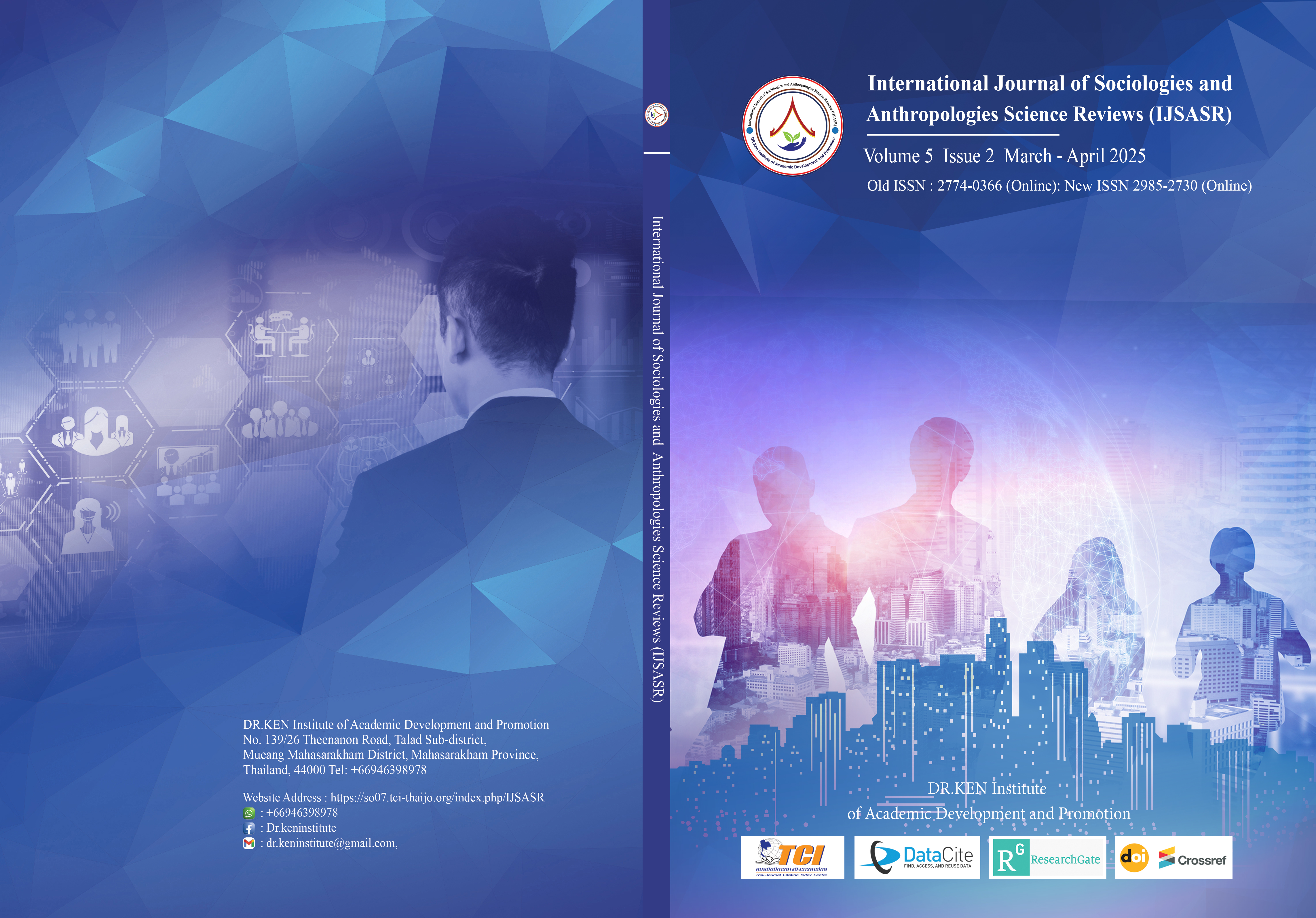The Development of Blended Learning Design to Improve English Writing Competence of Higher Vocational College Students in Sichuan, China
Main Article Content
Abstract
Background and Aim: English is a universal language and plays a crucial role in students' future work and lives. A pilot survey of freshmen at Sichuan Vocational College of Health and Rehabilitation revealed that their English writing performance is unsatisfactory. This research aims to improve students' English writing competence by developing a blended learning design based on a web page application, offering insights for other English teachers.
Materials and Methods: This study adopted a quantitative analysis method, dividing two classes into an experimental group with blended learning and a control group with traditional teaching. Data were collected over 13 weeks through pre-and post-tests to measure improvements.
Results: The analysis showed that the blended learning design significantly improved students' English writing skills, particularly in vocabulary, organization, mechanics, and language use, with vocabulary and language use showing the most improvement.
Conclusion: It is necessary and feasible to apply a blended learning design to English writing teaching. In the future, teachers can reasonably use the Pigai web page application in English writing teaching according to the teaching environment and students' learning characteristics.
Article Details

This work is licensed under a Creative Commons Attribution-NonCommercial-NoDerivatives 4.0 International License.
Copyright on any article in the International Journal of Sociologies and Anthropologies Science Reviews is retained by the author(s) under the under the Creative Commons Attribution-NonCommercial-NoDerivatives 4.0 International License. Permission to use text, content, images, etc. of publication. Any user to read, download, copy, distribute, print, search, or link to the full texts of articles, crawl them for indexing, pass them as data to software, or use them for any other lawful purpose. But do not use it for commercial use or with the intent to benefit any business.

References
Banados, E. (2002). A blended-learning pedagogical model for teaching and learning EFL successfully through an online interactive multimedia environment. CALICO Journal, 23(3), 533-550.
Chen, Y. J. (2023). Constructivist learning theory and mental health education. In Social Development—Across Time and Space Economic Base Paper Collection (Vol. 1, pp. 1100-1104). Yunnan Normal University Business School. https://doi.org/10.26914/c.cnkihy.2023.006513
Deng, Y.Y., & Li, R.Y. (2021). Exploring the assessment system for the teaching effectiveness of the "Business Negotiation" course based on constructivist learning theory using a blended online and offline approach. Western Quality Education, 23, 100-102. https://doi.org/10.16681/j.cnki.wcqe.202123035
Huang, G.Q. (2024). Pathways to modernizing Chinese vocational education under humanistic ideals. Vocational and Technical Education, 21, 53-57.
Johnson, A. (2013). Educational psychology: Theories of learning and human development. El Cajon, CA: National Social Science Press.
Li, G. L. (2023). Theoretical construction and model design of blended online and offline teaching. Educational Materials, 7, 156-161.
Swain, M. (1985). Communicative competence: Some roles of comprehensible input and comprehensible output in its development. In Input in second language acquisition (pp. 1-5). Newbury House.
Wu, X. Y., & Tong, J. (2021). Problems and solutions in the application of Sentence Cool correction website in English writing instruction. China New Communications, 11, 196-197.
Yao, S. S. (2021). The application of blended learning in English writing instruction based on the Correcting Network platform. Master's thesis, Northwest Normal University. https://doi.org/10.27410/d.cnki.gxbfu.2021.001690
Zhang, L. (2023). Implications of Bloom's mastery learning theory for secondary school mathematics teaching. Friends of Mathematics, 2, 15-18.
Zhang, P. (2020). Analysis of problems in blended learning design based on constructivist theory: A case study of tourism attraction scriptwriting classes. Journal of Jincheng Vocational and Technical College, 6, 41-47.






